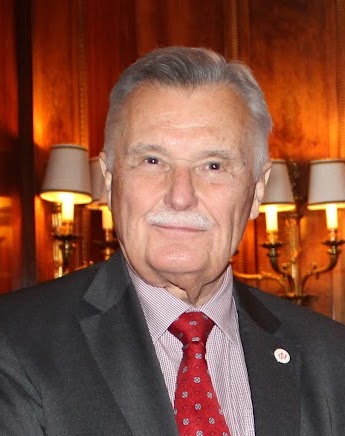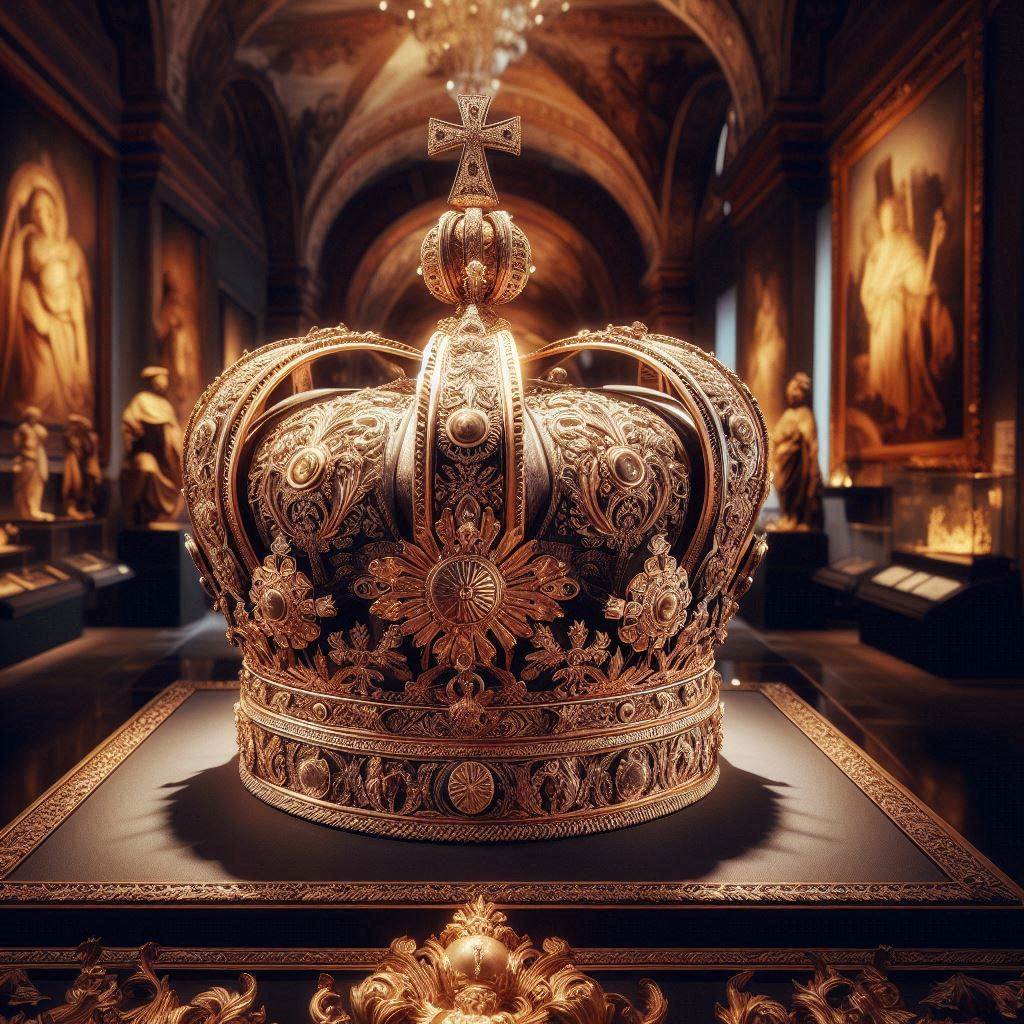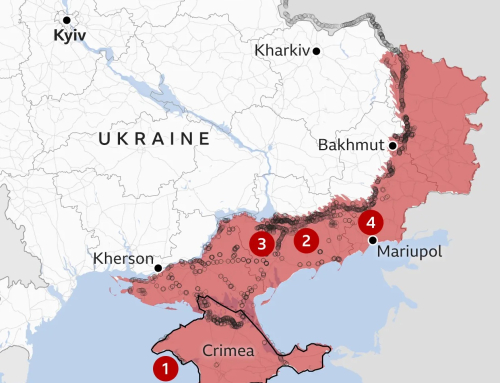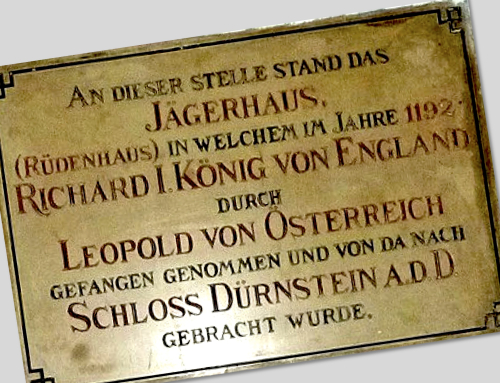Identity, History, and the Influence of the Habsburgs
BY WOLFGANG GEISSLER
„Honesty blinds every lie.“ — Sir Kristian Goldmund Aumann, Poet
One of the least endearing features of the average Austrian is the eagerness with which they put Austria down in front of foreigners whom they believe to be their betters. These perceived betters are often from Western Europe, where everything is seen as better and everything in Austria as wrong. Having spent more than half my life abroad, including 40 years in the UK, I have witnessed this attitude first-hand. I remember the vitriolic Max Merkel, the Austrian trainer of 1860 Munich in the 60s, and later in the UK, the contemptuous manner in which my fellow Austrians would speak about their homeland. This was 26 years before Rainhard Fendrich’s declaration of patriotic love in „I am from Austria!“
While things may have improved over the past sixty years, we still struggle to agree on a „common Leitkultur“ – a dominant culture – that migrants to our beautiful land should learn about.
“There is no historical entity in Europe whose existence is so closely tied to the identity problems of its members as Austria,” writes Friedrich Heer in his 1981 book The Struggle for Austrian Identity. He asks: What is Austria? What is an Austrian? What is the purpose of being Austrian? In his 1969 book Is Austria Asleep? Peter Feldl laments, “Austria is asleep, being squandered today by its politicians, by all those responsible, just as the men who ruled in 1918 squandered greater Austria.”
Jacques Hannak, the grand old man of socialist political journalism in the Second Republic of Austria, addresses the historical amnesia of today’s young generation and views it positively. “The old monarchy has suffered more than merely dying. It has simply been forgotten.” Friedrich Heer responds: “Hannak could not foresee in 1955 that by 1980 political, cultural, literary, societal realities and radioactive remnants of the vanished continent of old Austria would ignite an existential interest among the young generations in the successor states from Poland to Italy as well as among researchers in the Soviet Union and both Americas – a fascination that the citizens of the First Republic of Austria could not have dreamt of and about which most citizens of the Second Republic know nothing.”
Ernst Hoor, an engaged Austrian patriot, erupts in response to the simmering discomfort over the covering-up of long-overdue debates in his essay The Anti-Austrian Falsification of History („Forum“ July/August 1956). In it, Hoor quotes Richard von Kralik (1914): “There are many ways to elevate or harm Austria. The strongest way is through historiography. I am convinced that a few books by Austrian historians have caused more harm than all the lost battles.” Furthermore, Hoor writes: “Because it was part of the 234 territories that made up the Holy Roman Empire, Austria did not become a part of a non-existent German Empire, but the entire later Germany was from 1438 to 1806 a part of the Holy Roman Empire ruled by the House of Austria, whose residence and centre was Vienna.”
Examples of “Birthdays”
- Switzerland: 1291 Federal Charter; 1315 Battle of Morgarten victory over the Austrians.
- England: In 1066, William Duke of Normandy landed in England. Scholars see the year 1066 as the birth of modern England.
- France: The history of France as an independent state begins in 843 with the division of the Frankish Empire in the Treaty of Verdun. The French Revolution began with the storming of the Bastille in Paris on 14 July 1789 (now France’s national day).
Austria has no birthday. In 996, “Ostarrichi” is actually the first documented “name day” of the territory in present-day Lower Austria with which Liutpold (Leopold) from the Babenberg dynasty was enfeoffed in 976.
From “Core Austria” to “Austrian Dominion”
The name evolved to “Austria” and the margraves became dukes of “Austria” although to the original march of Ostarrichi, Styria, Traungau, the County of Pitten, and large areas in today’s Slovenia also fell to the Babenbergs. Vienna became the capital in 1156.
Dominion of Austria
This “Austria” could also have become Bohemian after the extinction of the Babenbergs, but in 1278, Rudolf of Habsburg defeated the King of Bohemia, Ottokar Premysl, in the Battle on the Marchfeld. The Habsburgs were then able to establish themselves as Dukes of Austria and Styria.
In 1335, the Habsburgs inherited Carinthia and Carniola from the Meinhardiner dynasty, and in 1363, Tyrol fell to Duke Rudolf IV from Margaret of Tyrol. Thus, a complex of lands in the Eastern Alps was created known as the “Dominion of Austria.”
The House of Austria / La Casa de Austria
The dynastic name Austria: La Casa de Austria es el nombre con el que se conoce a la dinastía Habsburgo reinante en la Monarquía Hispánica en los siglos XVI y XVII. “The House of Austria is the name by which the Habsburg dynasty, which ruled the Spanish Monarchy in the 16th and 17th centuries, is known.”
The territory of the House of Austria expanded over the centuries into a world empire where the sun literally never set. At its peak, it encompassed practically all of Europe (excluding France and Switzerland): from the Netherlands to Ukraine in the east-west direction, from Poland in the north to the Balkans and Italy in the south. This included Spain and Portugal with their vast overseas possessions in Africa, Latin America, the Pacific, and Asia. This expansion through Europe was mainly based not on military conquests but on astute (proverbial) marriage policies.
Amidst all this grandeur lies the heartland of Austria. From it emanated names like “Vorder (Front) Austria” and “Austrian Netherlands”. The “Hereditary Lands” were known as “Austria”. In the later Austrian Empire until the Compromise, all were “Austrians”. The pronounced “Austriacisms” that are still found today in the former crown lands in language, cuisine, culture, architecture, administration, and typical “Austrian” traits are proof of how we have all been shaped by the all-encompassing “Austrianism”.
The Struggle for Austrian Identity
Historians and scholars agree that the assignment of the territory of the Republic of Austria was an arbitrary act (“The rest is Austria.” – Georges Clemenceau). Austria could have been anywhere the victors moved it to!
And here too, we were fortunate to “remain Austrians” because socialists like Renner who envisioned state names such as “Republic of Southeast Germany”, “Eastern Alpine Lands”, or “German Alpine Lands”. Karl Renner’s first draft constitutions from October 1918 spoke of a Republic of Southeast Germany. Even after the Provisional National Assembly proclaimed the name Deutsch-Österreich, this remained precarious. At the 6th State Conference in Vienna on 15 September 1919, the Chancellor said: “The term Deutsch-Österreich no longer fits our state as it no longer includes all Germans of former Austria but only the territory of the Eastern Alps as far as it is inhabited by Germans. Therefore, the name ‘German Alpine Lands’ would best suit our state” or Otto Bauer who bluntly stated that the Entente forced the “hated name (Austria)” back on the Republic wanted to get rid of the name “Austria” at all costs.
The Innsbrucker Nachrichten, which conducted a survey in March 1919 for a suitable state name, rejected not only the term “Austria” but also the term “Deutsch-Österreich”.
Friedrich Heer: “The creed of the last Chancellor of the First Republic of Austria (Schuschnigg, his faith in Germany being more deeply rooted in him… than his secondary faith in Austria) stands in unbroken continuity from the high 16th century to 1866, to the Franciscan-Josephine era in which the crucial formation of an Austrian consciousness at universities, schools, in public life, and not least through the formation of a press, which became the mouthpiece of the great adversary, the enemy who, since the days of Frederick II, sought and found connections with the young people in the lands, in the regions of the House of Austria, seamlessly compactly linking their faith in salvation from Prussia then from the New Germany with their belief: Austria must be destroyed.”
And then the miracle still happened. In the deepest night, when the name Austria was already erased, obliterated by historiography entirely oriented towards Prussian Germany, they remembered. In this dark, infernal Teutonic night, they voluntarily returned to the name Austria, embraced it, and became Austrians again. What prompted Viennese, Tyroleans, Salzburgers, Upper and Lower “Danubians” (the Nazis outlawed the name of “Austria”), Styrians, Vorarlbergers, and Carinthians not to perish as Germans in a National Socialist Prussian-German Reich but to recall their Austrian identity, if not this unique, over 1000-year-old Austrian identity that found its anchor in the House of Austria?
Can we simply ignore the Habsburgs?
DI Dr. Ulrich Habsburg-Lothringen comments in a recent letter to the Editor of DIE PRESSE: “Is the guiding culture the culture of the leading people in a historical space that also includes a linguistic space? When people from another cultural background enter ours through migration, it can become a culture of suffering for them if they cannot adapt. However, historically speaking, there is also an issue with the space. Is it the space of the Republic of Austria from 1918, which was not even determined by a two-thirds majority as more than a third of those voting did not reside in what is now Austria? And if so, is it the initial socialist Austro-Marxist, Austro-Fascist period, or that from 1938 to 1945 when Austria did not exist? Can our guiding culture socially build only on the period from 1945 onwards? What about the period since Austria first appeared in world history? Can we simply ignore the period when the Habsburg family ruled not only Austria but almost half of Europe and South America? Can we even consider the Habsburgs as part of Austrian culture when we have yet to come to terms with the transition from monarchy to republic and have not yet made peace with the House of Austria? Germany reached an agreement with its ruling houses before 1930, in Russia the Tsar was canonised, and in the former Eastern Bloc states the former ruling house (Habsburg) is once again respected. Therefore, can a guiding culture based on the period from 1945 onwards truly represent what we Austrians want and should represent?”
At the heart of these reflections lies a fundamental question about national identity and historical continuity. How can we reconcile the rich and complex history of Austria with the contemporary quest for a unifying cultural narrative? Can the legacy of the Habsburgs be integrated into our understanding of what it means to be Austrian today?
In concluding, we find ourselves grappling with these questions much like Stephen Decatur’s after-dinner toast between1816-1820: “Our Country! In her intercourse with foreign nations may she always be in the right; but right or wrong, our country!” This statement reflects an unwavering loyalty to one’s homeland, regardless of the government’s actions. While such a sentiment seems fitting for the United States or the United Kingdom, it feels discordant with the Austrian experience. Our history, identity, and culture are intertwined with a rich tapestry of influences and complexities that defy simple patriotic slogans.
So, the final words go to Ottokar von Horneck: „It is a good country, well worth a prince’s effort!“ (Franz Grillparzer, King Ottokar’s Fortune and End, Monologue „Ottokar von Horneck). These were also the closing words of our President Alexander Van der Bellen’s speech at this year’s opening of the Salzburg Festival.
The ABS is looking forward to receiving your views and comments!








EINFACH GROSSARTIG
Herzlichen Dank für Ihren Kommentar.